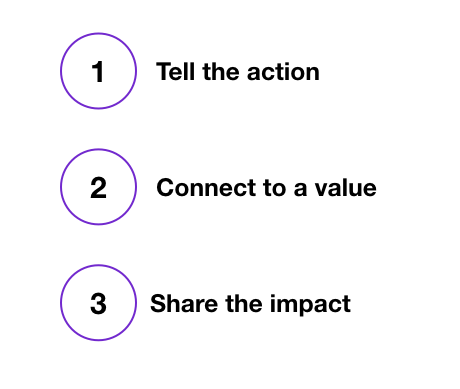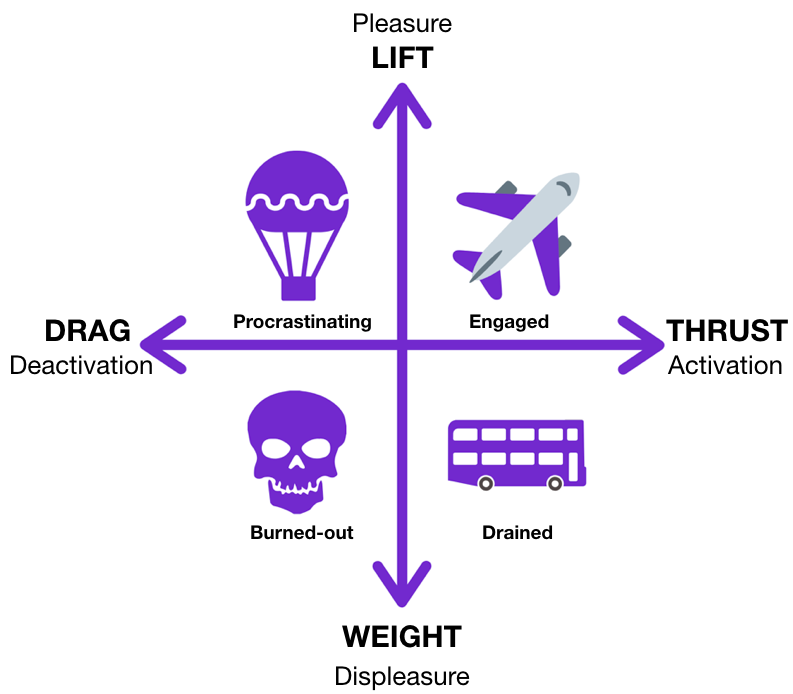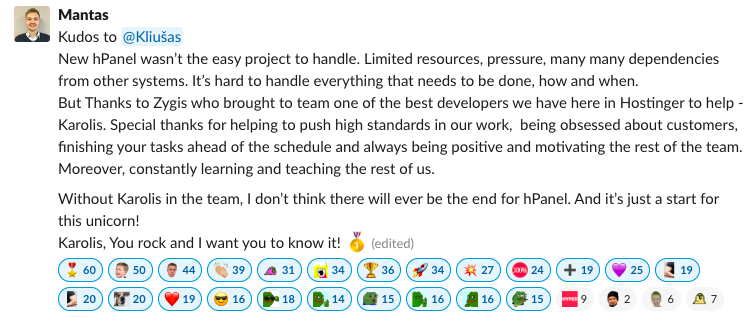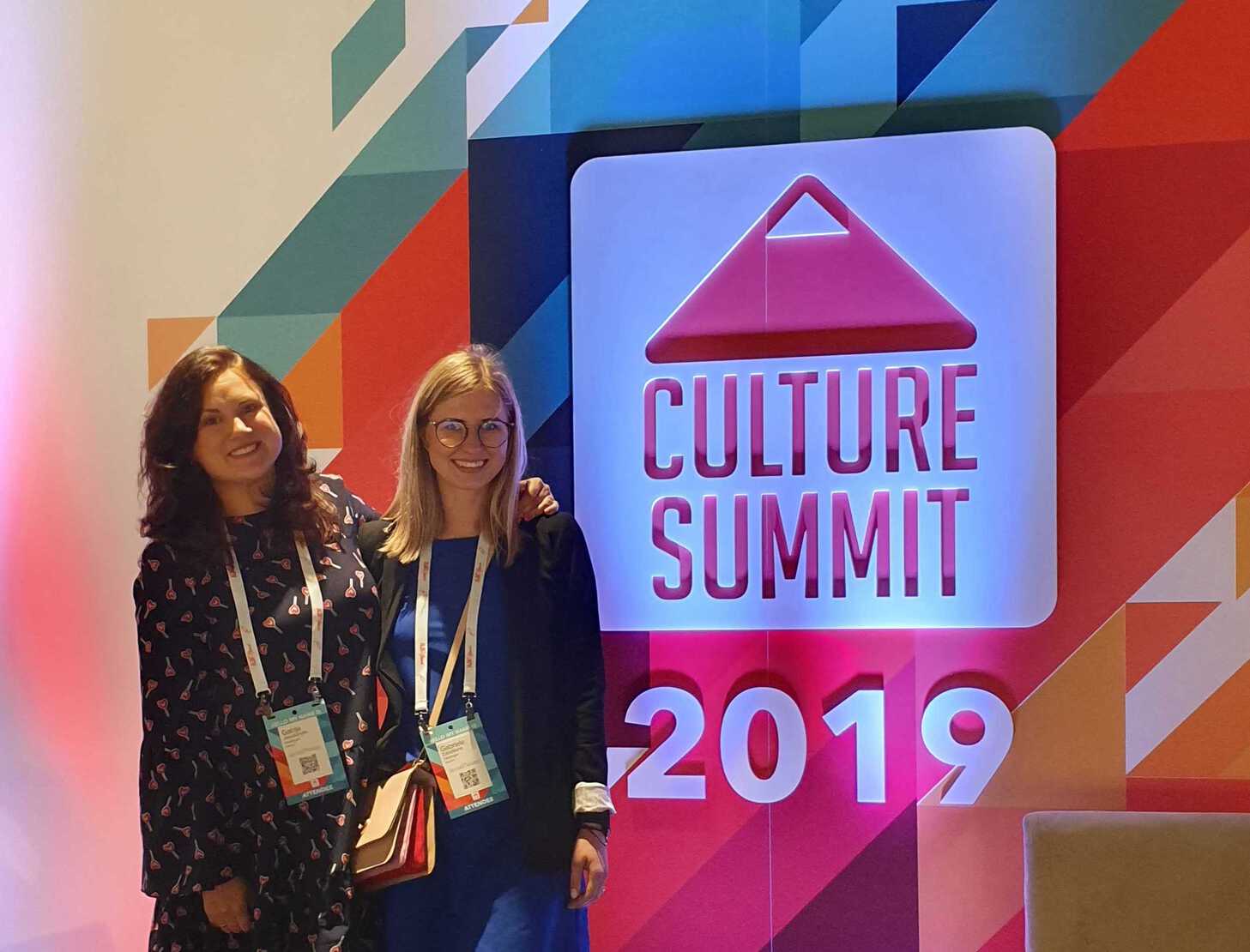Learning to be the Culture Champions: takeaways from Culture Summit 2019

The 5th annual Culture Summit took place on June 23-27, 2019, bringing more than 500 culture champions together in San Francisco, California.
It was an honor to represent Hostinger in this gathering and learn about valuable insights, experiences, and strategies from people who work in Silicon Valley.
I can’t share all the discussions and emotions in this blog post, but I can give you a look at key ideas and takeaways from the conference.
A Culture Will Skyrocket Only if You Find Your Way Through Four Forces
Being culture champions is not easier than being a pilot. Only if lift overcomes weight and thrust defeats drag can a plane lift off and fly.
The same concept fits perfectly into the workplace environment. I loved this comparison shared by Robert Ellis, Founder and Executive Coach at Futurosity.
Here are the four forces you need to keep in mind:
- Lift is everything that makes you excited to come to work (e.g., good relationships with your colleagues, the atmosphere of the workplace, etc.).
- Weight is everything that makes you want to stay at home and in your bed (e.g., stress, tiredness, conflicts, etc.).
- Thrust is everything that helps you get the work done (e.g., OKRs, the meaningful impact of your hard work, etc.).
- Drag is everything that keeps you away from doing your best (e.g., meaningless work, etc.).
What became clear after this comparison is that many people, especially managers, think that orientation towards results is the only thing that matters. Lifting the cultural values of a workplace is often considered HR fluff. But if you take away lift and leave just thrust, your plane becomes a bus – heavy and way too close to the ground. You can go around the world, but how long will that take you? Unfortunately, you might get tired of trying to catch up with those who are ahead.
So if you want to have a great work culture, it is vital to have enough thrust without losing lift.
Recognition Is a Great Tool – Greater Than You Think
We all know the importance of feedback and how it can help people to improve and grow. Yet, sometimes we tend to forget to give positive feedback or comment on a job well done, focusing on correcting someone’s mistakes instead. Guess what – giving positive feedback is also an excellent tool for learning.
Alexa Powell from RewardGateway shared a presentation about recognition techniques as a tool to improve team dynamics and highlighted some important facts:
- Recognition culture is all about creating a positive atmosphere and uplifting general morale. This method releases happiness hormones and boosts energy and motivation on a personal level.
- Reaching your goal once and being recognized for it makes you try and repeat the same success in the future. So giving praise reinforces the desired behavior.
- Recognition can work as an educational tool as well. When you’re publically recognized for your achievements, it serves as an example for other people to find their own success. It is important for an employee to identify what actions an organization considers successful.
Here are the three main steps on how to make recognition a powerful tool:

- Feedback should be personalized, specific, honest, and authentic.
- It should be wrapped around a certain situation, indicate what someone is being recognized for, and show how a single person who made that extra step can make an impact on a larger scale.
- Always remember that one-time recognition means almost nothing. If you want to motivate someone, it should be repeated regularly and in a timely manner.
- If you want to show gratitude, always ask questions like “How did you do it?” or “Tell me about the challenges you’ve faced,” etc.
- Of course, results are the most important thing but don’t forget to focus on the efforts that gave these in the first place.
Here’s an example in practice:
After coming back from the Culture Summit, we’ve already begun to implement what we’ve learned. If you wonder how would it look like in practice, here is an excellent example of how to give meaningful recognition:
A Culture Can’t Thrive if It Is Not Built on Organizational Core Values
Why is it important to align with a company’s core values? Because defined values are where successful internal and external communication begins. Hiring, promoting, giving feedback, praising, or saying goodbye should always be based on core values.
This is how values are translated into day-to-day life:
- A clearly defined, purposeful set of core values is one of the most useful tools in the hiring process. Evaluating the candidates with questions and situations based on core values is the best way to measure the organizational culture fit.
- While evaluating performance results and giving feedback, values play a vital role as you can clearly show a person by what system they were assessed.
- Core values are like guidelines for people on how to act and be successful in the organization.
- If you illustrate how to embrace a core value with a story or an example, you create an internal learning tool on how to use it practically. Also, these stories can become a part of employer branding.
I hope this recap will help you bring more lift and thrust to your culture. Embracing core values and building a culture of recognition is something to consider for any company that wants to skyrocket.
Read more about Hostinger’s Culture






